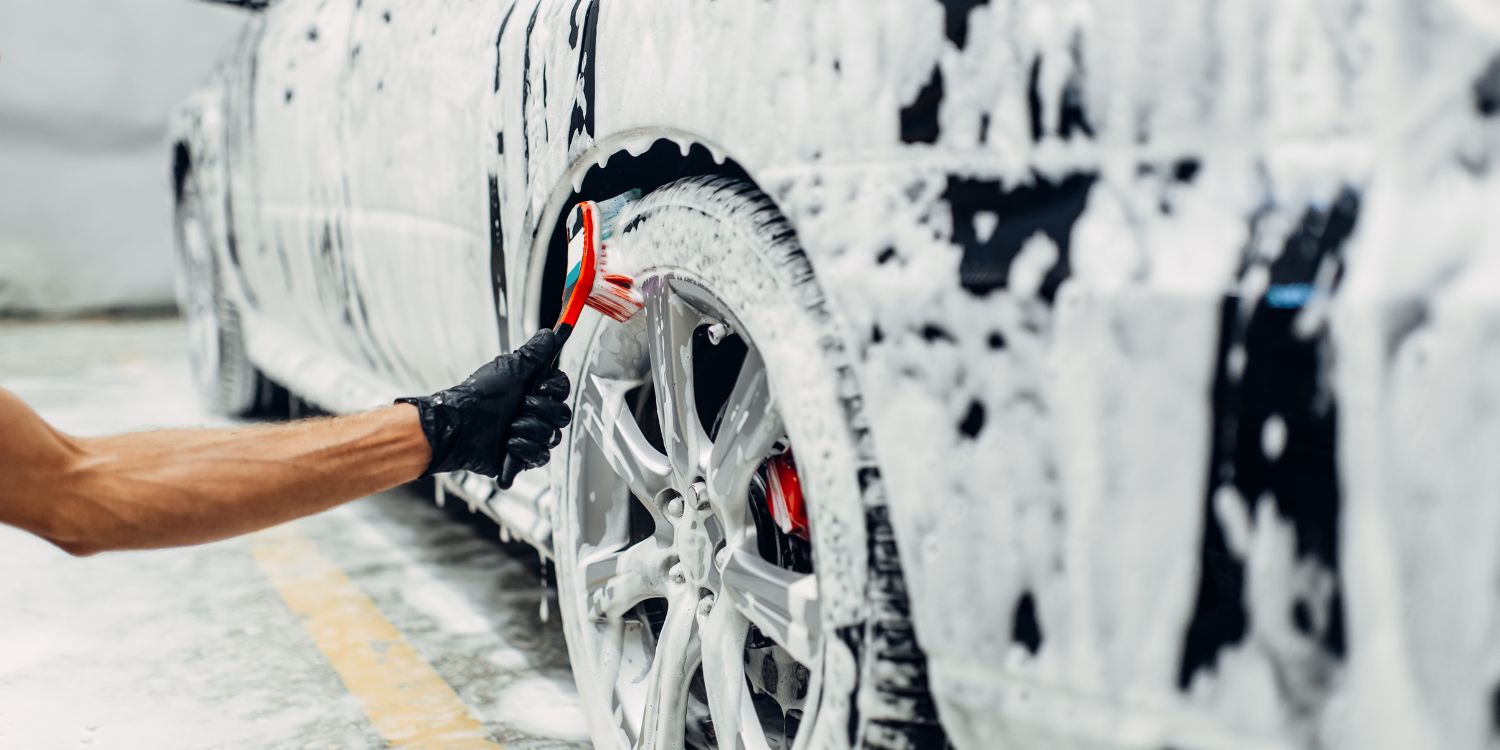Are Automated Car Washes Bad For Your Car

The convenience of automated car washes is undeniable. A quick drive-through can leave your vehicle sparkling in minutes, saving you time and effort. But a lingering question remains for many car owners and mechanics alike: Are automated car washes bad for my car? The answer, as with most things automotive, is nuanced. Let's delve into the potential problems, how to spot them, and what you can do to mitigate risks.
The Potential Problems
Automated car washes, particularly those with brushes, present several potential risks to your car's finish. These risks stem from the materials used in the wash and the potential for accumulated dirt and debris to cause damage.
- Swirl Marks and Scratches: This is the most common complaint. Brushes, especially older or poorly maintained ones, can trap dirt and grit. As they rotate against your car's paint, these particles act like sandpaper, creating fine scratches that appear as swirl marks, particularly visible in sunlight.
- Damage to Delicate Parts: High-pressure water jets and spinning brushes can damage fragile components such as side mirrors, antennas (especially retractable ones), wiper blades, and even loose trim pieces. Older car models, like a 2005 Honda Civic with brittle plastic trim, are particularly vulnerable.
- Water Spots: If the drying process isn't thorough or if the water used is hard water, mineral deposits can be left behind, resulting in unsightly water spots. Dark-colored cars, such as a black 2018 BMW 3 Series, tend to show these spots more prominently.
- Chemical Damage: Some car wash soaps and detergents can be harsh and strip away wax or even damage the clear coat, especially if they're not pH balanced or are used in excessive concentrations.
Troubleshooting and Solutions
Identifying and addressing these issues early can save you significant time and money in the long run.
Symptom: Swirl Marks and Scratches
- Cause: Abrasive brushes in the car wash trapping dirt and grit.
- Solution:
- Switch to a Touchless Car Wash: These use high-pressure water and soaps without brushes, eliminating the risk of direct contact.
- Hand Washing: This is the gentlest option, allowing you to control the cleaning process and use quality products.
- Paint Correction: If swirl marks are already present, a professional detailer can use polishing compounds to remove the damaged layer of paint. This is an investment, but it restores the car's finish.
- Regular Waxing: Waxing creates a protective layer between the paint and the elements, reducing the likelihood of scratches.
Symptom: Damaged Mirrors, Antennas, or Trim
- Cause: Excessive force from brushes or water jets.
- Solution:
- Fold in Mirrors: Before entering the car wash, manually fold in your side mirrors to prevent them from being ripped off.
- Remove or Retract Antennas: If your antenna is removable, take it off. If it's retractable, lower it completely.
- Secure Loose Trim: Inspect your car for loose trim pieces and secure them with automotive adhesive or have them replaced. A common issue on older Ford Mustangs is the weather stripping around the windows becoming detached.
- Choose a Gentler Wash: If you must use an automated wash, opt for one with lower water pressure and softer brushes, or better yet, a touchless system.
Symptom: Water Spots
- Cause: Hard water or incomplete drying.
- Solution:
- Thorough Drying: Use a clean microfiber towel to dry your car immediately after washing.
- Water Spot Remover: Commercial water spot removers can dissolve mineral deposits.
- Water Softener: If you wash your car at home, consider using a water softener attachment for your hose.
- Regular Waxing: Wax helps prevent water from adhering to the paint, reducing the chances of water spots.
Symptom: Faded or Damaged Paint
- Cause: Harsh chemicals in the car wash soap.
- Solution:
- Use pH-Balanced Soap: When hand washing, choose a pH-balanced car wash soap to prevent damage to the clear coat.
- Regular Waxing or Sealing: Protect your paint with a wax or sealant.
- Professional Detailing: If the damage is severe, a professional detailer can assess the situation and recommend a course of action, such as paint correction or re-clear coating.
Real-World Examples
- Toyota Camry (all models): Prone to swirl marks if frequently washed in brush-style automated washes due to relatively soft paint.
- Tesla Model 3: Known for its sensitive paint, requiring extra care. Touchless washes or hand washing are highly recommended.
- Jeep Wrangler (all models): Vulnerable to damage to aftermarket accessories if not properly secured before entering an automated car wash.
Keeping Your Car in Top Condition
Ultimately, the best way to protect your car's finish is to take a proactive approach to maintenance. Here's some advice:
- Wash Regularly: Keeping your car clean prevents dirt and grime from building up and causing damage.
- Choose the Right Car Wash: Opt for touchless car washes or hand washing whenever possible.
- Wax Regularly: Waxing provides a protective barrier against the elements and helps to maintain your car's shine.
- Inspect Your Car Regularly: Check for loose trim, damage, and other potential problems.
- Consider Professional Detailing: A professional detailer can help restore your car's finish and protect it from future damage.
While automated car washes offer convenience, understanding the potential risks and taking preventative measures can help you keep your car looking its best for years to come. By choosing wisely and maintaining your vehicle properly, you can enjoy a clean car without compromising its long-term condition. Always prioritize the well-being of your vehicle's finish, and when in doubt, opt for a gentler, more controlled cleaning method.
